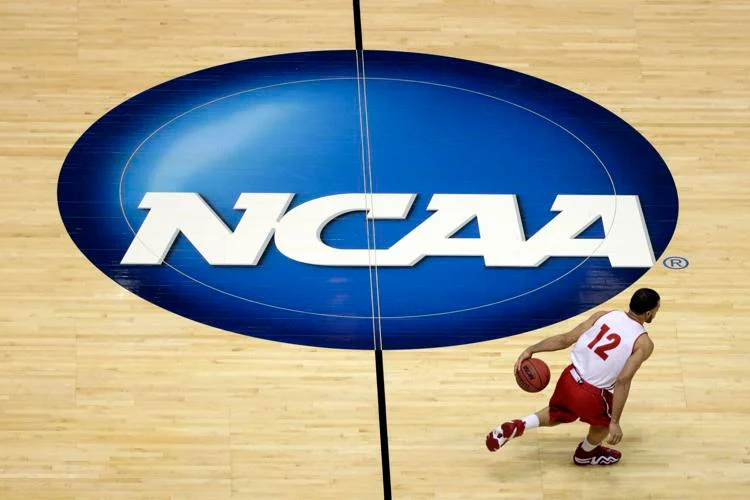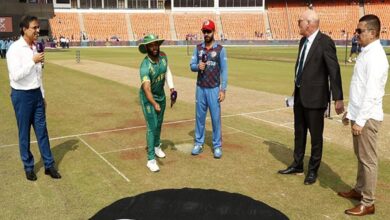The proposed $2.77 billion settlement passes the NCAA’s first review process without altering the financial plan
The first phase of the NCAA clearance process for a prospective multibillion-dollar antitrust lawsuit settlement has been completed, and there has been no alteration to the payment structure that would have required the 27 college conferences that were not mentioned in the action to pay the bulk of the $1.6 billion in damages.
The House v. NCAA planned $2.77 billion settlement was approved by the Division I Board of Directors finance committee on Monday night, with a recommendation to maintain the original financial plan.

In the House case, a class-action complaint seeking back pay for collegiate athletes who were denied name, image, and likeness payments stretching back to 2016, the NCAA, Big Ten, Big 12, Atlantic Coast Conference, Pac-12, and Southeastern Conference are named as defendants. In 2021, the NCAA repealed its prohibition on athletes receiving payment for endorsement and sponsorship arrangements.
According to a source with direct knowledge of the decision who spoke to The Associated Press, the Big 12 became the first conference to ratify the settlement on Tuesday, with their board of chancellors and university presidents voting overwhelmingly in favor. The speaker requested anonymity since, at this time, the conferences were not issuing any announcements to the public on the settlement.
In the future, the revenue-sharing scheme that demands each of its institutions pledge upwards of $20 million annually to be given directly to players will be carried out by the Big Ten, Big 12, ACC, and SEC. Over a ten-year period, an estimated $300 million will be allocated to each institution.
The NCAA headquarters has agreed to reduce operational costs, insurance, and reserve funds over a ten-year period in order to pay for the damages component of the lawsuit. The remaining amount would be covered by withheld disbursements to its 352 Division I member institutions. Over $700 million is distributed annually to 1,100 member institutions across three divisions by the NCAA.
According to the settlement’s authorized financing plan, the Power Five conferences will pay for 24% of the $2.77 billion in damages, while the other five major college football leagues, or the “Group of Five,” will pay 10%. The NCAA will be responsible for 41% of the total damages.
A total of 14% of the settlement would go to the conferences that play football in the Championship Subdivision, the second tier of Division I football, while the remaining 12% would go to the D-I conferences that do not play football.
Conference commissioners from leagues outside the Bowl Subdivision, the top level of level I football, have objected to the settlement’s $1.6 billion deferred distribution clause. 60% of delayed payouts are anticipated to be covered by the 27 conferences that are not included in the complaint, with the remaining 40% coming from power leagues, which now consist of 69 institutions.
In a communication to NCAA headquarters, the commissioners of the 22 non-FBS conferences suggested flipping the funding arrangement such that power conference withholding payouts would account for 60% of the $1.6 billion.
On Tuesday, Big Sky Commissioner Tom Wistrcill said that the leagues that aren’t FBS were hoping for a reexamination.
He said, “We’re fighting uphill.”
The Big Sky conference, which includes universities like Montana, Montana State, Eastern Washington, Idaho State, and Weber State, is among the most prosperous in the Championship Subdivision.
The NCAA Board of Governors and the Division I Board of Directors, who were to meet later on Tuesday, still need to approve the settlement agreement.
This week’s separate meeting of the presidency boards of the other four power conferences—sometimes referred to as the autonomy conferences—is also planned to vote on the deal.
More than 95% of the damages, in our opinion, will benefit A5 basketball and football players. It is out of proportion for non-A5 conferences to foot the bill for it. Our student-athletes won’t receive the money, so we’re requesting a more equitable arrangement, Wistrcill said.
The NCAA and conferences have until Thursday to reply to the settlement offer from the plaintiffs’ attorneys, and both sides seem optimistic that it will be accepted.
According to Wistrcill, media stories two weeks ago were the source of information on the settlement specifics for the conferences that were not included in the case. According to him, they are hopeful that the settlement will be accepted and that there will be a chance to revisit the NCAA finance plan.
Wistrcill said that the Big Sky would likely have to pay around $3 million over a ten-year period for the withheld payout calculation used by the NCAA. This formula is based on the proportion of total NCAA distributions that a league earned between 2016 and 2024.
Power conferences, he said, would withhold a higher portion of the overall payout for each school, but that cash makes up a much smaller portion of athletic department budgets, which can exceed $100 million a year. The yearly budget for athletics at Big Sky schools is around $20 million.
“Despite the fact that the settlement disproportionately penalizes our institutions, the money is going to their student-athletes,” Wistrcill said.







